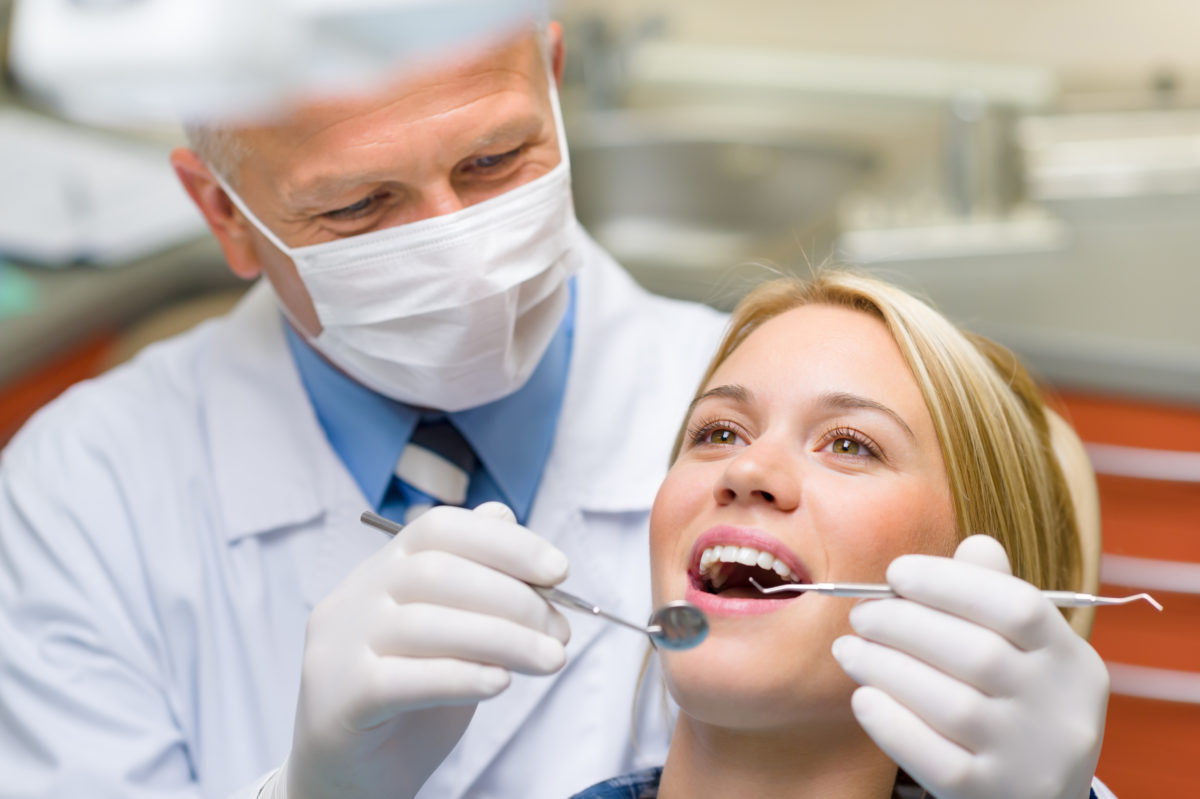Little Known Facts About Legacy Orthodontics.
Little Known Facts About Legacy Orthodontics.
Blog Article
Legacy Orthodontics - Questions
Table of ContentsThe Main Principles Of Legacy Orthodontics The Basic Principles Of Legacy Orthodontics Our Legacy Orthodontics DiariesThe smart Trick of Legacy Orthodontics That Nobody is DiscussingThe 2-Minute Rule for Legacy Orthodontics
In addition, we supply flexible treatment schedules, flexible settlement options and a fun, delightful experience.An orthodontist is a dental expert trained to identify, prevent, and deal with teeth and jaw abnormalities. Orthodontists function with people of all ages, from kids to adults.
Malocclusion, or misaligned teeth, can cause oral issues, consisting of tooth decay, periodontal illness, and hard or agonizing chewing. Not everybody is birthed with straight teeth. If you have a poor bite or large areas in between your teeth, you may wish to seek advice from a dental expert focusing on orthodontic care.
The Greatest Guide To Legacy Orthodontics
( Image Credit: DigitalVision/Getty Images) Orthodontists utilize fixed and removable oral devices, like dental braces, retainers, and bands, to change the setting of teeth in your mouth. Orthodontic treatment is for dental irregularities, consisting of: Uneven teethBite issues, like an overbite or an underbiteCrowded teeth or teeth that are as well much apartJaw misalignmentThe objective of orthodontic therapy is to boost your bite.
A healthy bite ensures you can consume, chew, and talk appropriately. While you may think about orthodontists as mostly for children or young adults that need dental braces, they can remedy dental issues at any age. Orthodontists attend college, oral school, and orthodontic institution. After college graduation, they spend 2 or 3 years in an orthodontic residency program.
, however not all dental experts are orthodontists. They concentrate on two locations: Just how to effectively and securely move teeth Exactly how to correctly guide advancement in the teeth, jaw, and faceOnce an orthodontist has actually finished training, they have the choice to become board certified.
The 7-Minute Rule for Legacy Orthodontics
Misalignment, or malocclusion, is the most usual reason individuals see an orthodontist. It is hereditary and is the result of size differences in between the top and lower jaw or between the jaw and teeth. Malocclusion brings about tooth congestion, a twisted jaw, or irregular bite patterns. Malocclusion is normally treated with: Your orthodontist attaches steel, ceramic, or plastic square bonds to your teeth.
If you have just small malocclusion, you may be able to utilize clear dental braces, called aligners, rather than traditional dental braces (https://gravatar.com/crownsuperbly9983583c20). Some individuals require a headwear to help move teeth into line with pressure from outside the mouth. After dental braces or aligners, you'll require to put on a retainer. A retainer is a customized device that maintains your teeth in location.
They can develop extra space in the mouth without having to draw teeth. Orthodontists make use of cables, surgical screws, or plates to sustain your jaw bone.
You may need to see an orthodontist if you have: Crowding or not enough area for every one of your teethOverbite, when your top teeth come click here now your bottom teethUnderbite, when your bottom teeth are as well far forwardSpacing or problems with gapsCrossbite, which is when your upper teeth fit behind your base teeth when your mouth is closedOpen bite or a vertical space between your front base and top teethMisplaced midline, when the facility of your base and top teeth don't align Fixing a dental malocclusion can: Make attacking, chewing, and speaking easierImprove the balance of our face and your overall appearanceEase discomfort from temporomandibular joint problemsSeparate your teeth and make them less complicated to clean up, helping protect against dental caries or tooth cavities It's commonly a dental professional that initially notices misaligned teeth throughout a routine test.
The Best Strategy To Use For Legacy Orthodontics

Throughout your very first orthodontic assessment, you'll likely have: A dental examPhotos taken of your face and smileDental X-raysPanoramic (360 degree) X-rays of your face and headImpressions to produce mold and mildews of your teethThese tests will assist your orthodontist recognize just how to wage your treatment. leesburg braces. An orthodontist is a dental professional that's had training to treat your teeth and jaw
Orthodontists might carry out surgical procedure, exams,X-rays,and even more to help you achieve a much more comfy, healthier smile. An orthodontist is concentrated on your bite, so something like a cracked tooth would certainly be dealt with by a dental expert. Orthodontists are dental practitioners but not all dental practitioners are orthodontists. Orthodontists are concentrated on your bite, or the method your teeth meshed, and the straightness of your teeth.
Ever wondered how celebrities always appear to have completely straightened teeth? Orthodontists are oral specialists who concentrate on dealing with irregularities in the teeth and jaws.
The Ultimate Guide To Legacy Orthodontics

, orthodontists have a varied toolkit at their disposal. These reliable braces make use of a system of brackets bonded to the teeth and attached by cords.
Clear aligners, like Invisalign, are a prominent option for people looking for a much more discreet treatment option. These removable trays are personalized to gradually move the teeth's setting. Headgear may be utilized in conjunction with dental braces or aligners to apply additional targeted forces, particularly for correcting jaw disparities. In situations of narrow jaws, palatal expanders can be made use of to develop area for proper tooth alignment.
Report this page